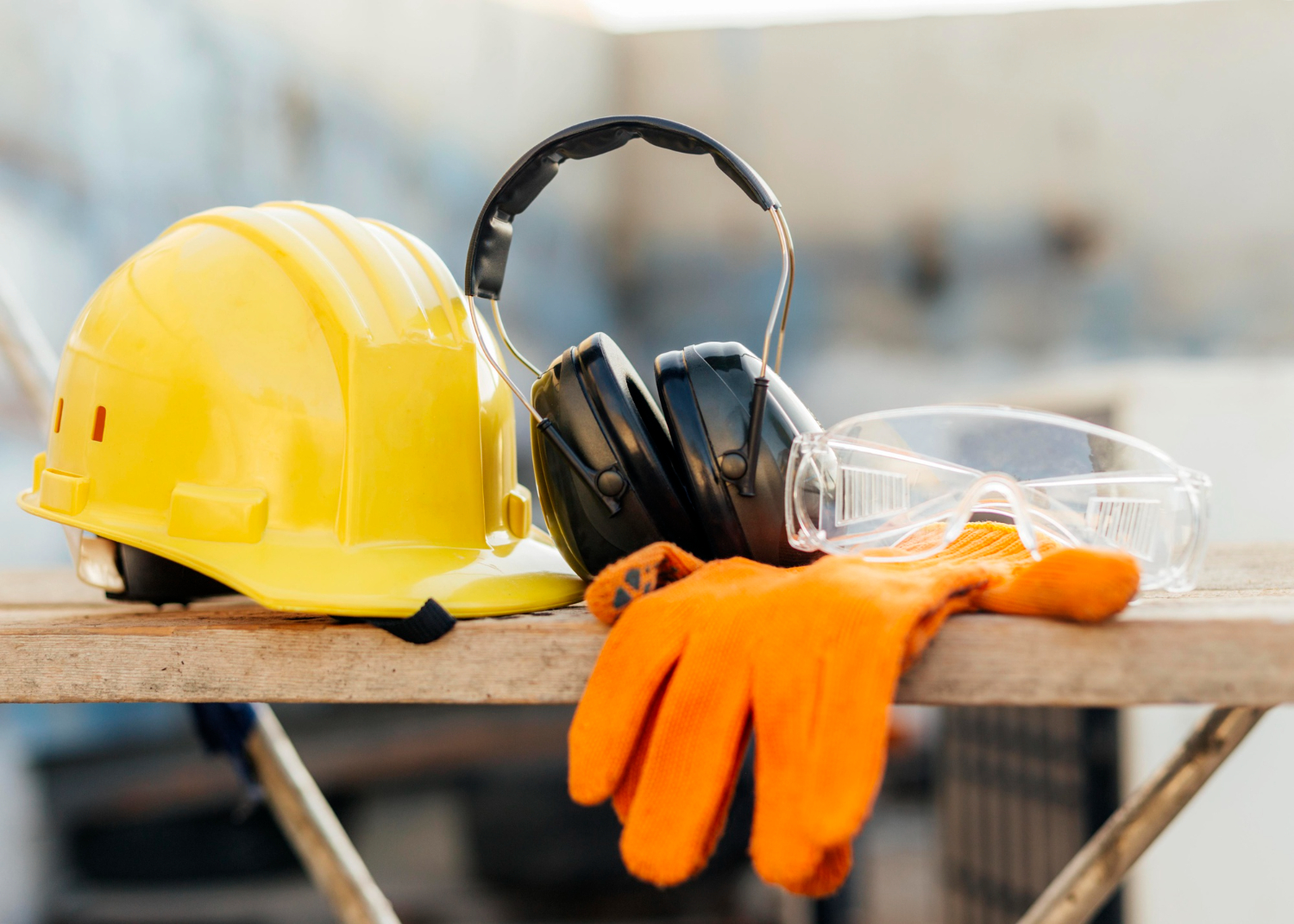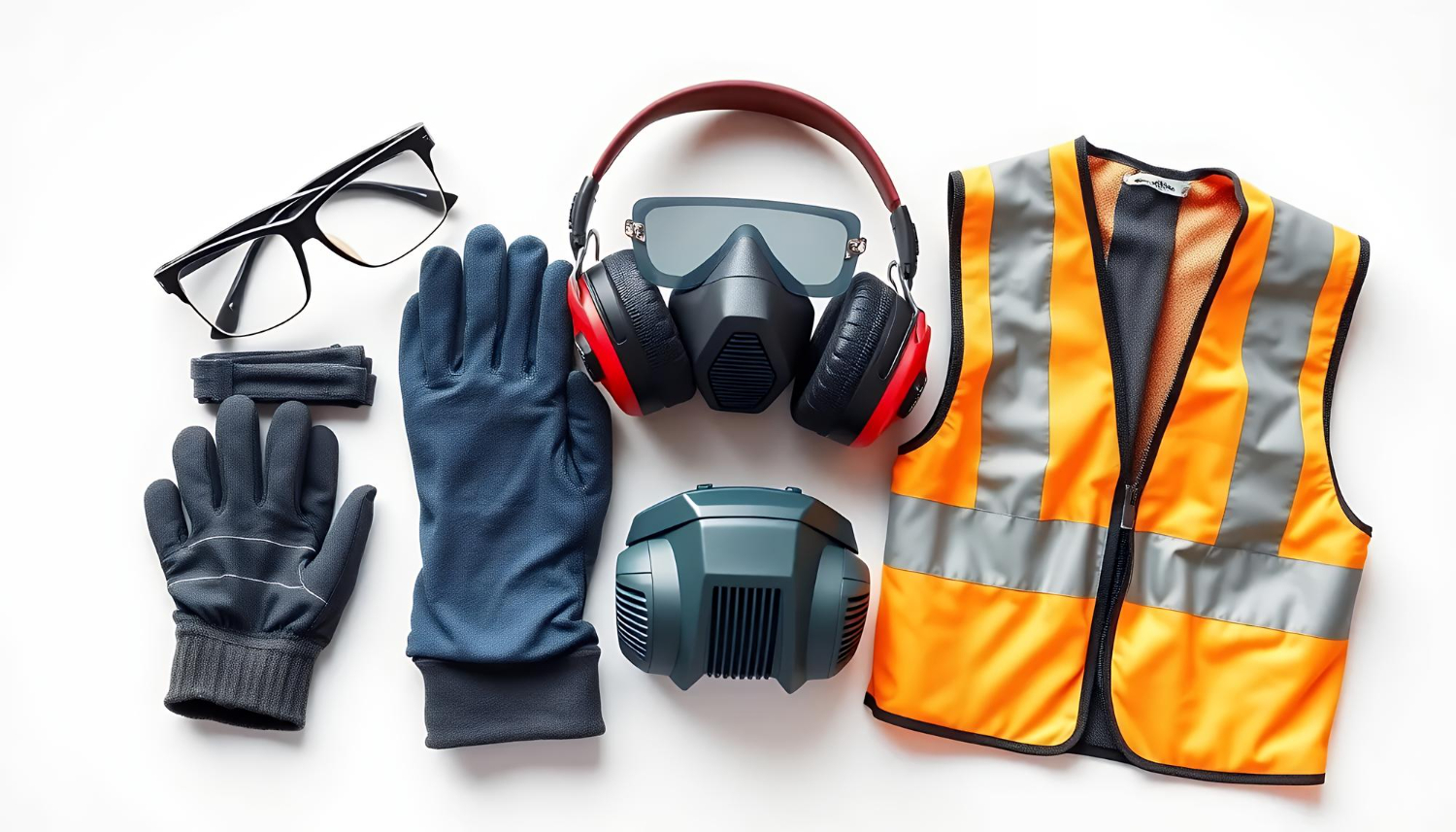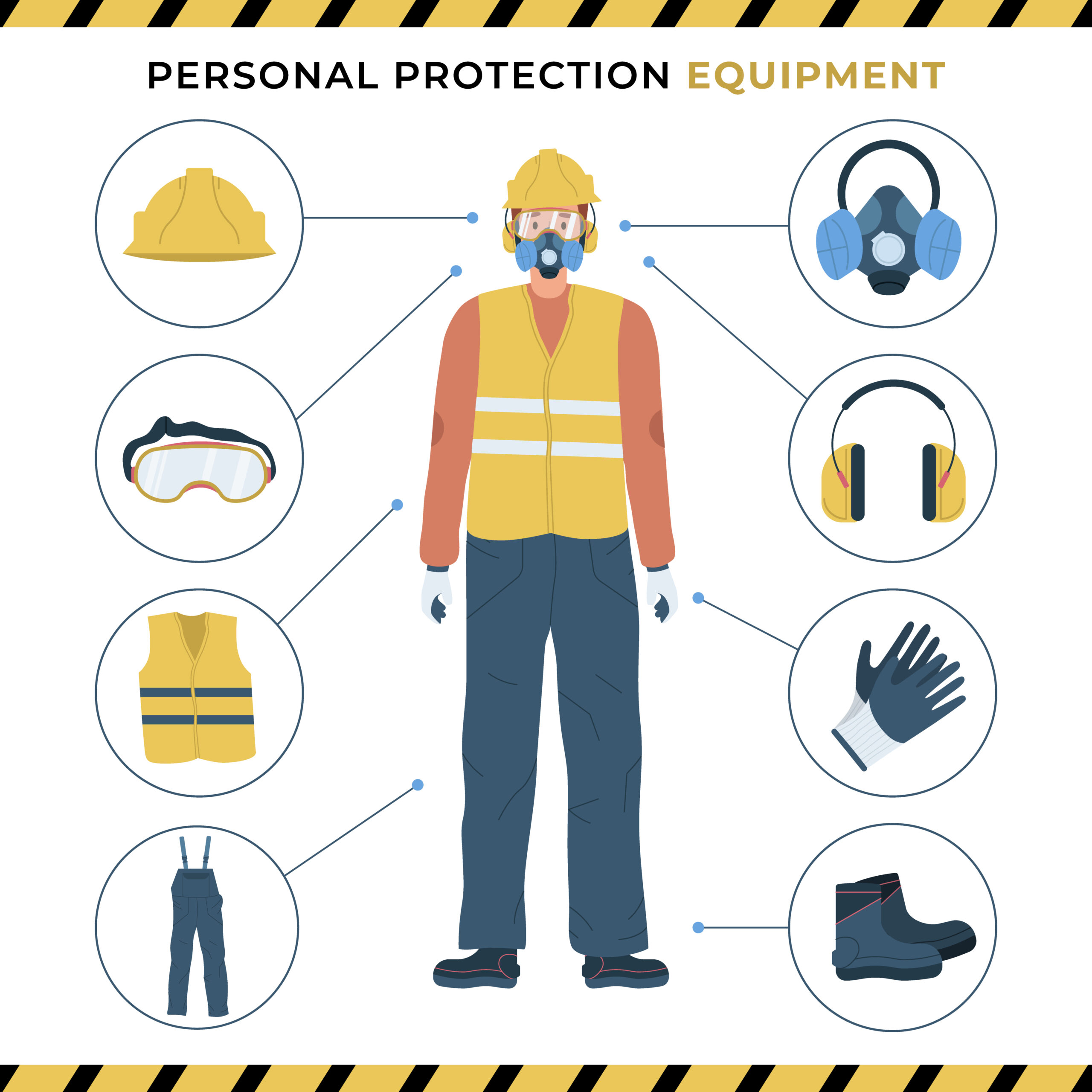Let’s be real—buy safety gear isn’t exactly the most thrilling thing on your to-do list. But if you’re like me, and you’ve ever copped a nasty scrape, banged your head on a low beam, or just want to make sure your worksite ticks all the right boxes, then you know how important the right gear can be.
Safety gear is the unsung hero of a well-lived life, from tradies and DIY legends to weekend adventurers and warehouse workers. This guide is for anyone who’s had that “she’ll be right” moment and instantly regretted it.
I’ve pulled together this no-nonsense breakdown to help you buy safety gear that works, fits properly, and doesn’t fall apart after one job.
Why Buy Safety Gear Matters More Than You Think
Here’s a hard truth: accidents don’t wait for you to be “ready.”
Safety gear isn’t just about ticking a box for compliance—it’s your first and often only line of defence when something goes sideways.

Common concerns I hear all the time:
- “Do I need all this gear for a small job?”
- “What if it’s uncomfortable?”
- “Can I trust cheap brands?”
- “What gear is legally required in Australia?”
Let’s tackle all that—and more.
Buy Safety Gear That Fits the Job
Different tasks demand different protection. You wouldn’t wear steel caps to mow the lawn, and you wouldn’t wear gardening gloves to weld.
Here’s a quick list of common types of safety gear and when to use them:
- Head Protection
- Hard hats are essential on construction sites, tree-felling jobs, and mining areas.
- Look for gear that meets AS/NZS 1801 standards.
- Pro tip: Replace your hard hat every 3-5 years or immediately if it’s taken a big hit.
- Eye and Face Protection
- Safety glasses are necessary for grinding, sawing, or working with chemicals.
- For serious splash zones or airborne debris, go for a full-face shield.
- Fog-resistant lenses are worth the extra coin—trust me.
- Ear Protection
- You need hearing protection if it’s louder than 85 decibels (which is basically a lawnmower or louder).
- Earplugs are good for short jobs, but earmuffs give better, longer-term protection.
- Look for the Class 5 rating in Australia for high noise reduction.
- Respiratory Protection
- Whether sanding, painting, or working with insulation, a P2 mask can save your lungs.
- Reusable respirators are more comfortable and cheaper in the long run.
- Hand Protection
- Cut-resistant gloves for sharp tools.
- Chemical-resistant gloves for painting, degreasing, or fuel work.
- Ensure they fit snugly—loose gloves can be just as dangerous as none.
- Foot Protection
- Steel-toe boots are non-negotiable for construction and factory jobs.
- Make sure they’re slip-resistant, especially on wet or oily surfaces.
- Brands that meet AS 2210.3 standards are your safest bet.
- High-Visibility Clothing
- If you’re working near traffic or machinery, high-vis is essential.
- Choose a day/night-rated gear if your work continues after sundown.
Buying Safety Gear Online vs. In-Store
Each has its perks, but if you’re buying online, be picky. Don’t fall for a flash sale with no proper safety certification.
Quick online buying tips:
- Always check the Australian standard code for each item.
- Read reviews from actual workers—not just some interns writing fake testimonials.
- Don’t be shy—ask sellers for certification documents.
In-store benefits:
- You can try things on.
- Staff often have practical advice—they’ve worn the gear themselves.
- Instant pickup means you’re protected right away.
Comfort Isn’t a Luxury—It’s Safety
Uncomfortable gear leads to shortcuts. I once wore a cheap pair of earmuffs that pinched so badly I “forgot” them halfway through a loud day on site. My ringing ears reminded me of that mistake for weeks.
When you’re choosing safety gear, make sure it:
- Fits well (not too loose or tight)
- Breathes well, especially in Aussie summers
- Doesn’t restrict your movement
- Feels good enough to wear all-day
What Australian Standards Should You Look For?
If the gear doesn’t meet Australian standards, it’s not worth your time. Look out for these:
- AS/NZS 1337 – Eye protection
- AS/NZS 1801 – Industrial safety helmets
- AS/NZS 2210.3 – Safety footwear
- AS/NZS 2161 – Gloves
- AS/NZS 1270 – Hearing protection
- AS/NZS 1716 – Respiratory protection
Always check the label or product description. If it doesn’t mention these standards—walk away.

How Much Should You Spend When You Buy Safety Gear?
Short answer? Enough to protect yourself properly. You don’t need to spend a fortune, but this isn’t an area to cut corners; if something’s dirt cheap, there’s probably a reason. A $10 pair of gloves that tear in one day costs more than a $25 pair that lasts a month.
Smart safety investment checklist:
- Focus on durability
- Look for replaceable parts (like respirator filters)
- Spend more on gear you wear often
- Check warranty and return policies—just in case
Keep It Clean, Keep It Safe
Safety gear doesn’t last forever—especially if it’s not cared for.
Here’s how I keep mine in top shape:
- Wipe down goggles and helmets after each use
- Air out gloves and boots to avoid mould and smells
- Wash high-vis clothing regularly to keep reflectivity sharp
- Check for wear and tear weekly—rips, cracks, fading? Time to replace
My Must-Haves
If you’re starting or updating your kit, here’s what I always keep in my ute:
- Steel-capped boots
- Hard hat
- Wraparound safety glasses
- P2 respirator
- Cut-proof gloves
- Hi-vis vest
- Compact first aid kit
It’s not overkill—it’s peace of mind.

Let’s Talk About Safety Culture
Buying safety gear is the first step, but using it right and leading by example are what build a true safety-first mindset.
Have a mate on site not wearing glasses while grinding? Say something.
Did you get a younger tradie wearing joggers instead of boots? Point them in the right direction.
It’s not about being bossy—it’s about looking out for each other.
Got a Favourite Brand or Tip?
I’d love to hear your go-to safety gear picks or a lesson you’ve learned the hard way. Please share your thoughts in the comments below or share this with someone who needs a reminder that protection isn’t optional.
Let’s keep each other safe out there.


